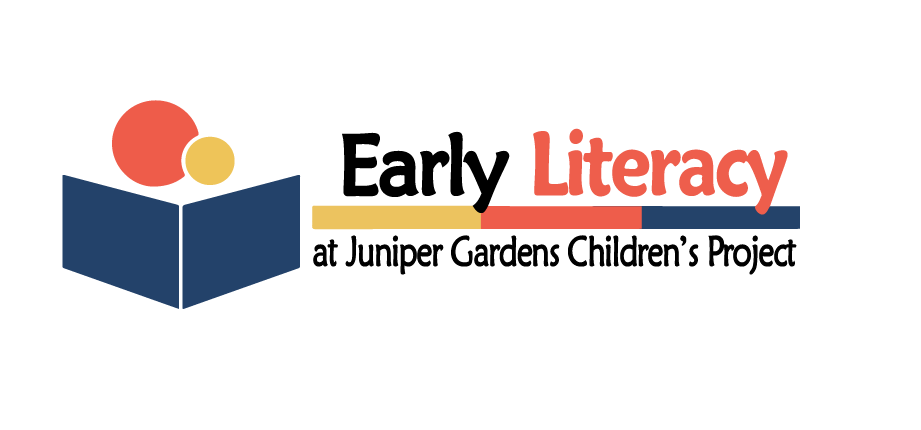What Does Coaching Look Like In Literacy 3D?
Coaches complement professional development by providing guidance in the classroom designed to achieve implementation. Coaching occurs face-to-face in the classroom, as well as through written notes and online (i.e., texts, e-mail feedback) to promote collaborative action with the teacher. Use of online communications with teachers is an excellent, cost-effective means of providing refinement and feedback from coaches on top of face-to-face contacts. We use e-mail as a standard venue for communication, but defer to teacher preferences as to other alternatives.

What Occurs During Each Coaching Cycle?
The coaching cycle occurs three times during the year. See the Coaching Cycle.
2. Data Review/Set Goals. The coach engages the teacher in data-based review/reflection followed by goal setting, strategy selection, and implementation planning
4. Progress Monitoring. Additional coaching observations are made until fidelity is indicated. Additional feedback is provided as needed to reach fidelity and dosage. If additional checks indicate low fidelity, additional plans are made to maintain and build new strategies in play, further increasing occurrence of TLF.
1. Initial Assessment. The coach works to build rapport with the teacher, observes classroom practices, and assesses the extent of Teacher Literacy Focus and children’s pre-literacy skills. The coach follows up initial training with the Big Ideas of literacy focus, data-based decision-making, and use of evidence-based practice.
3. Teacher Implementation. The teacher begins implementation of the plan and the coach assists the teacher, observes, and provides feedback.
The cycle is recursive about every two months by again examining the Teacher literacy focus and growth in children’s pre-literacy skills (back to Step 1).
